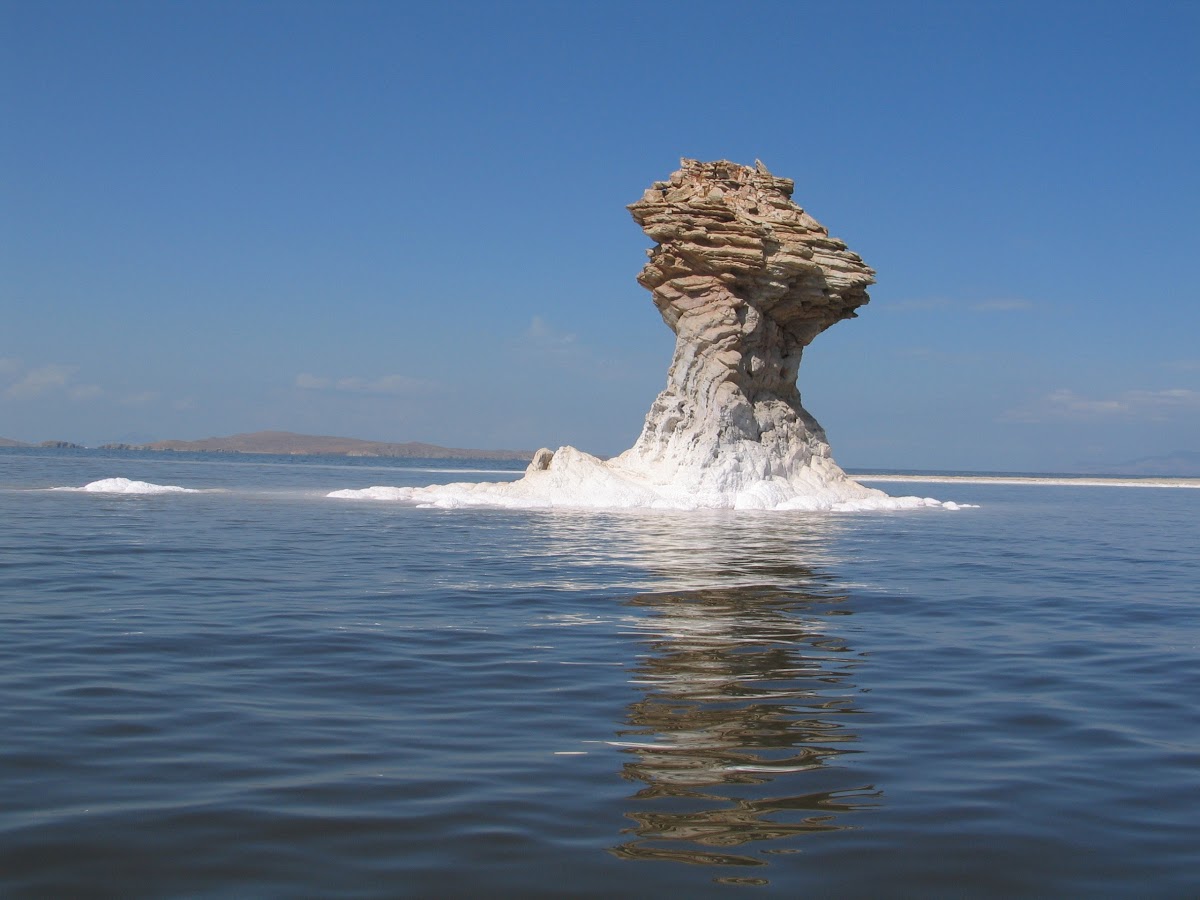Adequate rainfall in the last water year helped improve the lake’s level of water while this year, low precipitation and high evaporation rates took a toll on its recovery.
“Last year, over 1.5 billion cubic meters of water were released into the lake while there has been no release so far this year due to the insufficient levels of water in dam reservoirs,” said Rahim Meydani, deputy for water and wastewater affairs at the Energy Ministry, IRNA reported.
Despite the setback, restoration efforts by the Urmia Lake Restoration Program are gradually paying off. The lake saw an 11-centimeter rise in level by Jan. 25 in comparison to the same period of last year.
“At present, Urmia Lake contains 2.4 billion cubic meters of water across 2,400 square kilometers and the water level stands at 1,270.55 meters,” Meydani said.
The present administration has given considerable attention to the revival of the imperiled lake. As a result of the effective measures, the volume of water in the lake’s reservoir has increased from 500 million cubic meters in 2013 to 2.4 billion cubic meters at present.
Between 1996 and 2013, no water had flowed into the water body and the level had declined by an average of 40 centimeters per year. Farhad Sarkhosh, chief ULRP official in West Azarbaijan Province, attributed the problem to the failure to dredge rivers, which combined with high rates of evaporation in that period, helped speed up the lake’s desiccation.
“However, effective measures helped stabilize the lake’s water level last September,” he said.
Sarkhosh said dredging 412 km of the Urmia Lake’s tributaries, unblocking river mouths, sealing 1,200 illegal water wells and modernizing irrigation methods across 6,200 hectares of farmland were among key measures that quickly yielded results.
“The dredging of the rivers helped reduce the wastage of water from 100% to 12%,” he added.
Set up in 2013 shortly after President Hassan Rouhani took office, the ULRP set out to stabilize the lake’s water level (Phase 1) before embarking on the more challenging task of restoring its water level to what it was more than a decade ago (Phase 2) within 10 years.
The first phase was completed in September and the second phase started shortly after, with the initial goal of increasing the water level by 40 centimeters in a year. The target is to restore the ecological level (1,274 meters above sea level) within 10 years.
